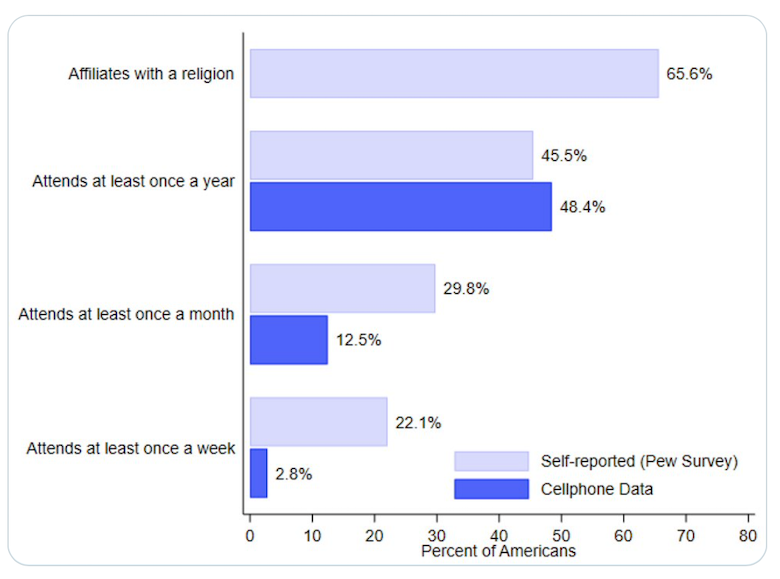You have to hand it to serial sex abuser Donald Trump (SSAT). He has raised the bar for snake-oil salespersons to great heights, ingeniously finding new ways to part the suckers from their money. His new pitch is a real doozy.
Despite his claims, Donald Trump’s business career has had many more failures than successes.
His record of catastrophic investments has never held Trump back, however, and now the one-term, twice-impeached, 91-time felony-charged former president has embarked on a new hustle: selling little cut-out pieces of a suit he wore during one of his arrests.
…To buy a piece of the suit, people first have to buy 47 “digital trading cards”, each featuring an illustration of Trump, through the Collect Trump Cards website. Buyers will then receive a bit of the suit, or tie, that Trump wore when he was arrested – on charges related to his attempts to overturn the election – at Fulton county jail in August 2023.

